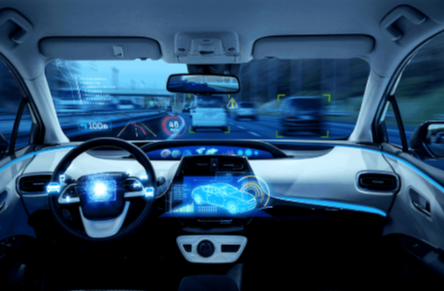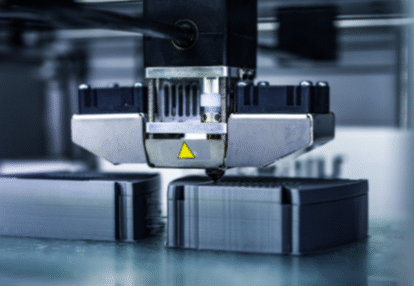The transportation sector is undergoing a significant transition with the rise of electric and autonomous vehicles (EAVs). This shift is fueled by advancements in technology and a growing emphasis on sustainability. While EAVs offer potential environmental benefits and improved urban planning, challenges remain. Regulatory frameworks and public perception will play crucial roles in determining the success of this transformation. Understanding these dynamics is essential to grasp the future landscape of mobility. What implications will these changes have on society?
The Rise of Electric Vehicles
As concerns about climate change and fossil fuel dependence intensify, the rise of electric vehicles (EVs) has emerged as a transformative trend in the automotive industry.
Central to this shift is the development of robust charging infrastructure, which is essential for making EVs a viable option for consumers. The expansion of charging stations across urban and rural areas addresses range anxiety, a significant barrier to adoption.
Concurrently, advancements in battery technology enhance the efficiency, range, and longevity of EV batteries, making them increasingly competitive with traditional vehicles.
These innovations not only support individual freedom in transportation choices but also contribute to a broader societal shift towards sustainable mobility.
Ultimately, the rise of EVs signifies a pivotal change in how society approaches personal and environmental responsibility.
Read more: Understanding Cloud Storage: Benefits and Risks
The Impact of Autonomous Driving Technology
While the advent of autonomous driving technology promises to revolutionize transportation, its impact extends far beyond mere convenience. This technology introduces profound implications for safety regulations, necessitating a reevaluation of existing frameworks to ensure public safety while fostering innovation.
As autonomous vehicles navigate complex traffic scenarios, the potential for reduced human error could significantly lower accident rates. However, consumer acceptance remains a critical barrier; public trust in the reliability and safety of these systems is essential for widespread adoption.
Manufacturers must engage transparently with consumers, addressing concerns and demonstrating the efficacy of autonomous technology. Ultimately, the trajectory of autonomous driving will be shaped by its ability to align regulatory frameworks with consumer expectations, balancing innovation with safety and freedom.
Environmental Benefits of Electric and Autonomous Vehicles
Although the transition to electric and autonomous vehicles (EAVs) presents numerous challenges, their environmental benefits are significant and multifaceted.
EAVs contribute to reducing the carbon footprint associated with traditional gasoline-powered vehicles, thereby mitigating air pollution and greenhouse gas emissions. The shift to electric power can also enhance energy efficiency, particularly when integrated with renewable energy sources.
Furthermore, the rise of autonomous vehicles encourages innovative urban planning strategies, promoting reduced traffic congestion and enabling more efficient use of space. This can lead to greener cities, with increased green spaces and improved public transport systems.
Collectively, these factors indicate that EAVs hold the potential to transform transportation into a more sustainable and environmentally friendly paradigm.
Challenges and Considerations for the Future of Mobility
The implementation of electric and autonomous vehicles (EAVs) introduces a range of challenges and considerations that must be addressed to ensure their successful integration into modern transportation systems.
Regulatory hurdles pose significant obstacles, as policymakers grapple with establishing safety standards and liability frameworks. These regulations must balance innovation with public safety, which can slow progress.
Additionally, public perception plays a crucial role; skepticism toward EAV technology can hinder adoption. Concerns about safety, reliability, and data privacy need to be alleviated through transparent communication and educational initiatives.
Furthermore, infrastructure adaptation is essential to accommodate EAVs, necessitating collaboration between governmental and private sectors.
Ultimately, addressing these challenges will be vital for realizing the potential of EAVs in promoting a more liberated and sustainable future of mobility.
Conclusion
In a world where electric and autonomous vehicles promise to save us from ourselves, one must wonder if humanity will finally embrace the joy of sitting in a traffic jam, blissfully unaware of the carbon footprint left behind by their last gas-guzzler. As we teeter on the brink of this technological renaissance, regulatory labyrinths and public skepticism stand as our modern-day dragons. Yet, as the engines of innovation hum, perhaps the true journey is simply learning to trust our own creations.



